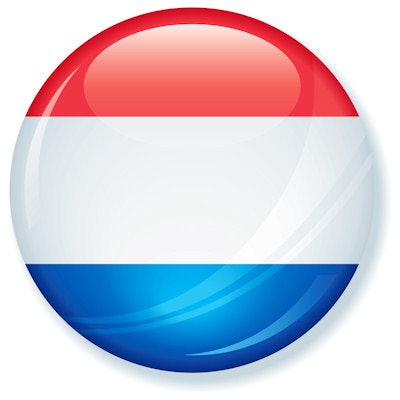
Dutch researchers have found that MR-guided high-intensity focused ultrasound (MR-HIFU) is a safe therapy for uterine fibroids, with a reintervention rate comparable to that of uterine artery embolization. Study results were published on 15 October in the European Journal of Radiology.
The findings are good news in light of previous research suggesting that MR-HIFU's reintervention rate is high, wrote the group led by Dr. Inez Verpalen of Isala Hospital in Zwolle, the Netherlands.
"To date, several reviews were published on the effectiveness of MR-HIFU treatment for uterine fibroids," the researchers wrote. "Overall, they showed that MR-HIFU is effective in alleviating symptoms, but a relatively high reintervention percentage is reported. However, these reviews included studies using restrictive treatment protocols that are no longer in clinical use which affected the results."
Among women of reproductive age, 70% to 80% experience uterine fibroids. Although most women do not have symptoms, about a quarter experience pelvic pain, menstrual cramping, heavy periods, urinary frequency, painful intercourse, and reduced fertility. Of these women, the majority require intervention to remove the fibroids.
For women who wish to preserve their fertility, myomectomy has long been the treatment of choice. But this procedure has complications and requires a hospital stay and weeks of recovery. MR-HIFU is noninvasive, has fewer complications, does not require general anesthesia, and has shorter recovery times. MR-HIFU has been approved by the U.S. Food and Drug Administration (FDA) for fibroid treatment since 2004.
Prior research has indicated that the technique has a relatively high reintervention percentage. However, these reviews were based on outdated treatment protocols, Verpalen and colleagues wrote. The group sought to reevaluate the effectiveness of MR-HIFU therapy for uterine fibroids, eliminating studies that used restrictive treatment protocols such as not seeking complete ablation.
The investigators searched the National Guideline Clearinghouse, Cochrane Library, Trip, Medline, Embase, and World Health Organization International Clinical Trials Registry Platform (ICTRP) databases from their inception through June 2018 using keywords such as "MR-HIFU," "MRgFUS," and "leiomyoma." They only included studies of MR-HIFU treatment for uterine fibroids that had at least three months of clinical follow-up.
The primary outcome for their research was the improvement of fibroid-related symptoms after MR-HIFU. Verpalen and colleagues tracked screening and treatment failures; treatment time; strategies to reduce bowel interference during the procedure, which can block visualization of the fibroid; and percentage of nonperfused volume. Secondary outcomes were quality of life, fibroid shrinkage, safety, and the need for additional interventions.
Excluding studies that did not aim for complete fibroid ablation improved outcomes, the group found.
| Effectiveness of MR-HIFU for fibroid treatment | |
| Performance metric | Percentage |
| Mean nonperfused volume immediately post-treatment | 68.1% |
| Mean symptom reduction at 12 months postprocedure | 59.9% |
| Mean fibroid shrinkage at 12 months postprocedure | 37.7% |
| Patients who had an adverse event | 8.7% |
| Reintervention rate at 3 to 34 months of follow-up | 0% to 21% |
The analysis demonstrates that MR-HIFU is an effective way to treat uterine fibroids, the group concluded.
"Symptom improvement in this review was greater compared to other MR-HIFU reviews," the researchers wrote. In addition, at 24 months of follow-up, the reintervention rate was comparable between MR-HIFU and uterine artery embolization, they noted.



















